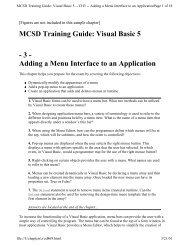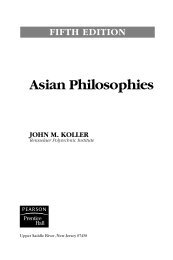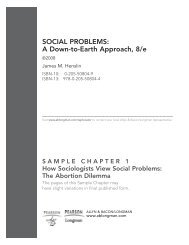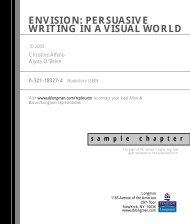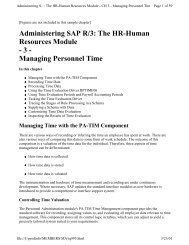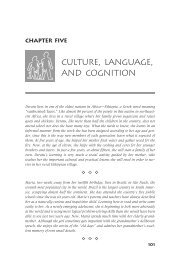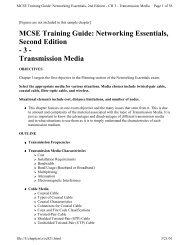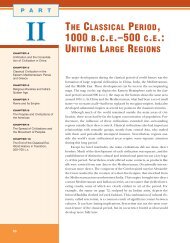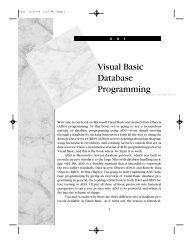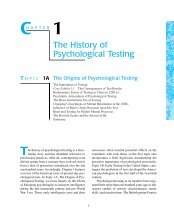3.0—Home Security and Surveillance Systems
3.0—Home Security and Surveillance Systems
3.0—Home Security and Surveillance Systems
You also want an ePaper? Increase the reach of your titles
YUMPU automatically turns print PDFs into web optimized ePapers that Google loves.
158<br />
Chapter<br />
................................................<br />
3<br />
Question 10<br />
Which of the following is true regarding the use <strong>and</strong> installation of smoke detectors?<br />
(Select all that apply.)<br />
❑ A. For all new residential construction, battery-powered smoke detectors<br />
are acceptable for some locations.<br />
❑ B. For all new home construction, fire alarm sensors must be powered by<br />
the home AC power electrical wiring.<br />
❑ C. For homes built prior to 1979, battery-powered smoke alarms are permissible.<br />
❑ D. Smoke detectors must be installed near windows <strong>and</strong> doors to provide<br />
alerts for escape routes in case of fire.<br />
Answers B <strong>and</strong> C are correct. The NFPA rule 72 requires smoke detectors<br />
for new residential construction to be powered by AC wiring as the primary<br />
power source of power with battery power used only as a backup source in<br />
case of a power failure. Answer C is correct because battery-powered smoke<br />
detectors are permitted for homes built prior to 1979. Answer A is incorrect<br />
because the NFPA rules make no allowance for smoke detectors powered by<br />
batteries in specific locations in new residential construction. Answer D is<br />
incorrect because smoke detectors are designed to alert the residents of a<br />
potential fire condition. Smoke detectors are not designed to aid in locating<br />
an escape route from the home in case of fire.





